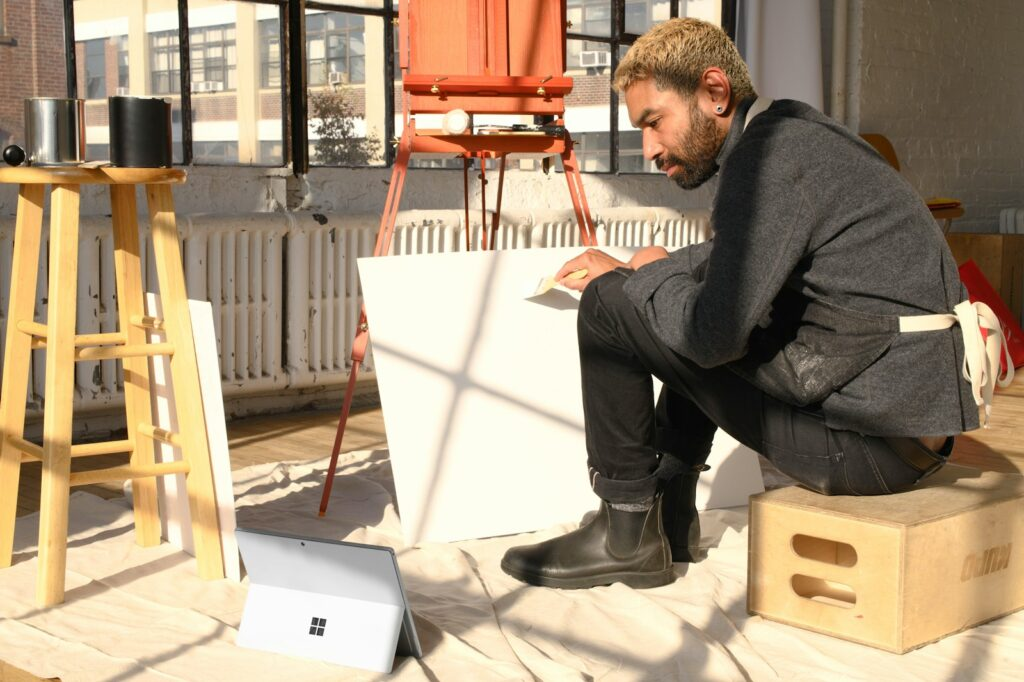
Reignite the Spark: Evidence-Based Ways to Overcome Creative Burnout
Creative burnout isn’t just feeling uninspired—it’s a state where constant pressure, high expectations, and repetitive…
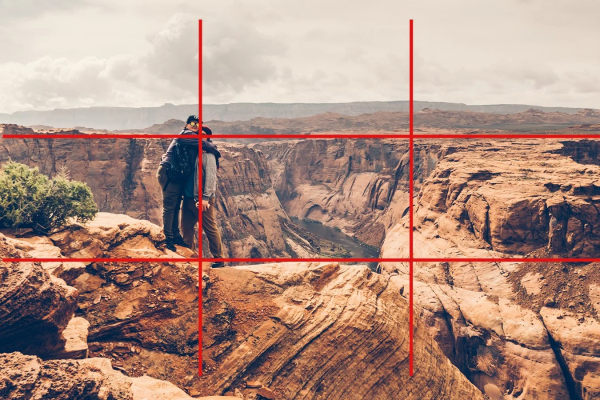
In modern photography, mastering lighting and composition remains the cornerstone of creating powerful, evocative images. One of the most effective combinations to emerge — and still under-utilized — is blending the dramatic shadows of Chiaroscuro lighting with the balanced structure of the Rule of Thirds. When applied thoughtfully, this duo transforms ordinary photos into cinematic…
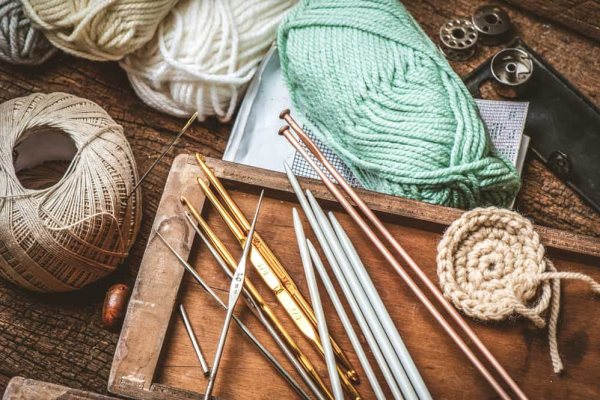
In 2025, knitting and crochet are no longer just hobbies — they’re increasingly recognised as powerful tools for mental well-being and creative fulfillment. The rhythmic click of needles or the gentle motion of a crochet hook can induce a state of “flow,” where time seems to disappear and stress fades. For many, this makes yarncrafting…

The costume design in Game of Thrones is widely praised for its depth, symbolism, and craftsmanship — thanks to the work of award-winning costume designer Michele Clapton. Every piece, from armor to court gowns, helped shape the political, cultural, and emotional identity of each character and region in Westeros. Rather than simply dressing actors, the…
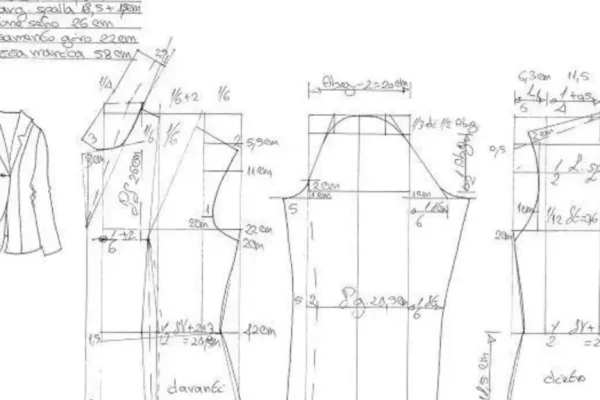
In the world of sewing pattern-making, parametric drafting tools are fundamentally transforming how designers work. Rather than drafting manually from scratch, these tools use mathematical relationships—such as ratios, anchors, and constraints—to dynamically generate patterns. Software like Seamly2D (formerly Valentina) and open-source Blender add-ons allow pattern makers to input body measurements and immediately visualize tailored, scalable…

Drone photography opens up a whole new world of creative possibilities. But to truly master it, you need more than just a high-flying drone — it requires planning, technical skill, and artistic insight. According to experts like Abraham Joffe, beginning with a simulator helps you build confidence before flying real hardware. It’s wise to start with…
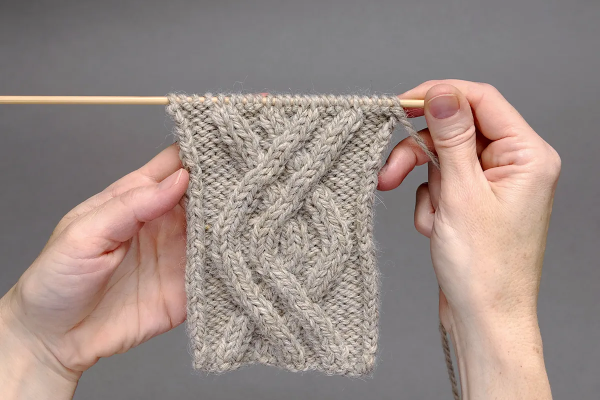
Cable knitting is often regarded as an advanced technique, yet it’s accessible to any dedicated knitter willing to explore beyond basic stitches. By crossing groups of stitches over each other, cabled patterns create a raised, textured effect that adds depth and sophistication to scarves, sweaters, and blankets. Unlike flat knitting, cables require careful attention to…

Published in 1980, The Name of the Rose by Umberto Eco is more than a historical mystery—it’s a layered interrogation of knowledge, power and faith. Set in a 14th-century Italian monastery, the novel weaves a detective plot with medieval theology, semiotics and literary theory, inviting readers to engage with ideas as well as story. The…

Creativity isn’t just a gift reserved for artists—it’s a skill that thrives when you build habits around it. Recent sources note that consistent micro-exercises can reshape how your brain approaches problems, sparks ideas, and adapts to new challenges. By integrating short, daily practices you can cultivate experience (hands-on creative work), expertise (recognising how your mind…

In the age of visual content saturation, drone cinematography has emerged as a powerful tool for storytelling rather than simply scenic capture. When a skilled operator deploys a high-end multirotor craft, they bring not only piloting proficiency, but also a deep understanding of composition, lighting, motion and narrative architecture. The result: aerial sequences that don’t…
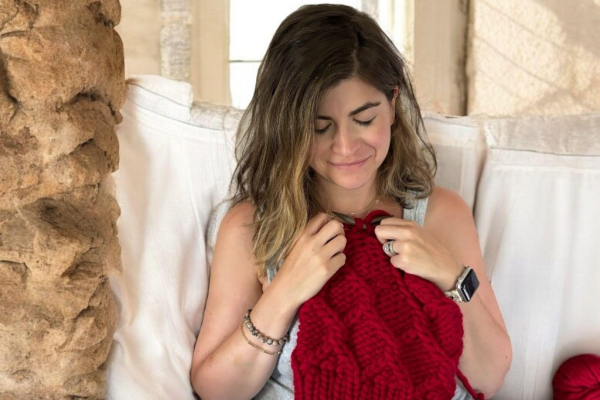
Knitting might seem like a simple pastime, but research now shows it delivers profound mental-health benefits that align with credible evidence. A study from University of Gothenburg found that knitters with mental-health concerns reported greater calm, clearer thinking and structured daily routines through their craft. The rhythmic, repetitive motion of yarn looping through needles triggers…